‘London Estates’ surveys the architecture and influence of the capital’s council-built homes
‘London Estates: Modernist Council Housing 1946-1981’, a new book by FUEL, is the perfect place to start for inspiration on how architecture can improve every sector of society

London Estates, although it is presented with FUEL’s characteristically elegant and fine design, is a deeply political book. Author and photographer Thaddeus Zupančič isn’t claiming to make a comprehensive study of every example of the capital’s extensive post-war, modernist architecture housing, but in seeking out the best, the blighted and the occasionally overlooked, he has assembled an important record.

Hartropp Point, Aintree Estate, Fulham, 1968-70 (demolished), from London Estates
London Estates: a deep dive into modernist council housing history
Subtitled ‘Modernist Council Housing 1946-1981’, the book captures a lost era, one in which the combination of political will, budgets and architectural talent – often via in-house design departments – came together to build some of the best-quality housing the country had ever seen.

Sulkin House (1958) and Keeling House (1959), by Fry, Drew, Drake and Lasdun, from London Estates
It wasn’t all brilliant, of course – and some of the featured buildings here have since been demolished. For a time, however, council housing existed outside of the vagaries of the property market and the wild west of private rentals. Some estates descended into notoriety as they came to symbolise broader social problems, whereas others have retained their initial lustre right up to the present day. Whatever the result, the capital had never had such a comprehensive programme of social housing. Now, when need is higher than ever before, even the very best of these estates look unlikely to be replicated.

Trellick Tower, Cheltenham Estate, by Ernő Goldfinger for the GLC (1972), from London Estates
There are 275 projects catalogued in the book, from the familiar and feted to lesser-known but no less significant estates that have largely kept out of the public eye. High-rise, low-rise, brutalist, brick, system-built, monumental and mega-structural, they’re all here.
Zupančič has largely captured each scheme at its best, and it quickly becomes obvious that ongoing maintenance and a scrupulously well-kept public realm is one of the keys to long-term success.
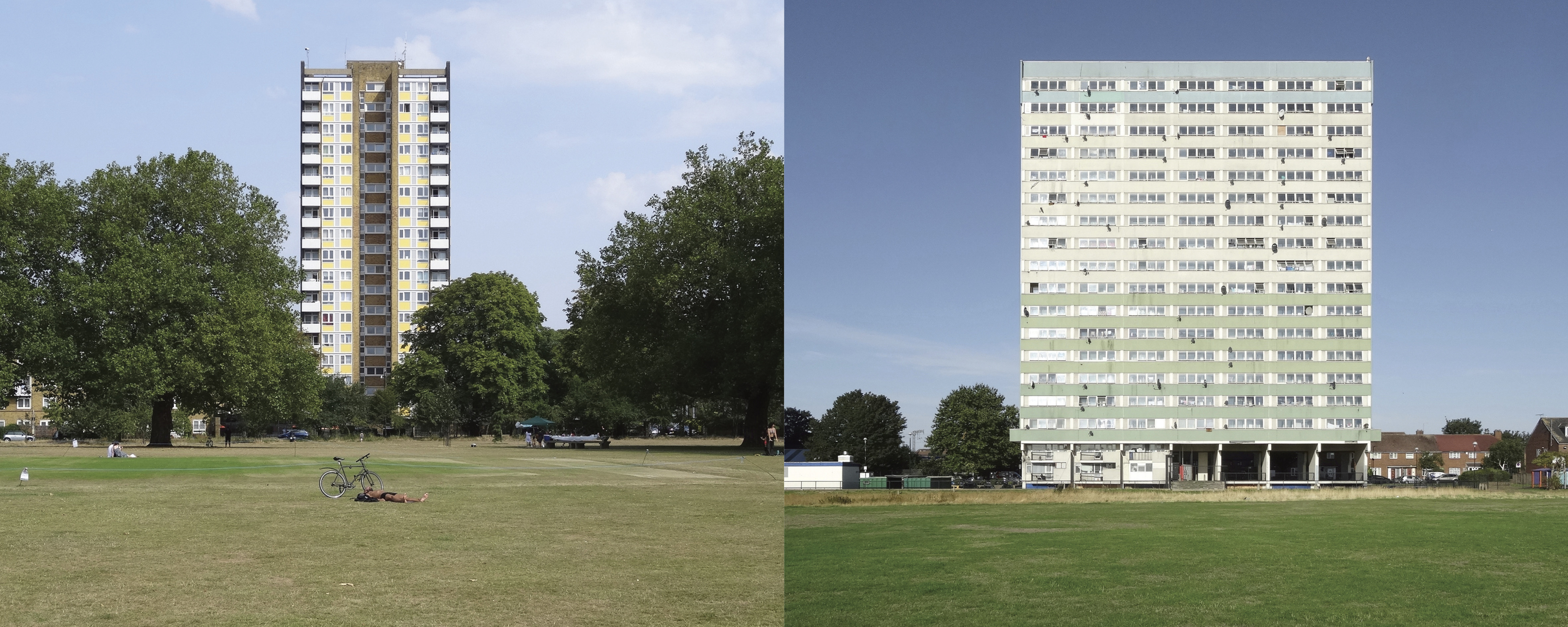
Wayman Court, E8, by Co-Operative Planning (1964), and Fred Wigg Tower, E11, from Leyton Engineer and Surveyor's Department (1965), from London Estates
Featured are familiar works by well-known architects including Denys Lasdun, Ernő Goldfinger, Chamberlin, Powell & Bon, and Basil Spence, but also lesser-known projects, like Kate Macintosh’s Dawson’s Heights, and many works by borough architects from around the city.
The book is dedicated to the late architectural historian Elain Harwood, one of the people responsible for increasing the heritage recognition of many of these schemes, helping recast council housing in a more positive light for a new generation that needs it more than ever before.
Wallpaper* Newsletter
Receive our daily digest of inspiration, escapism and design stories from around the world direct to your inbox.
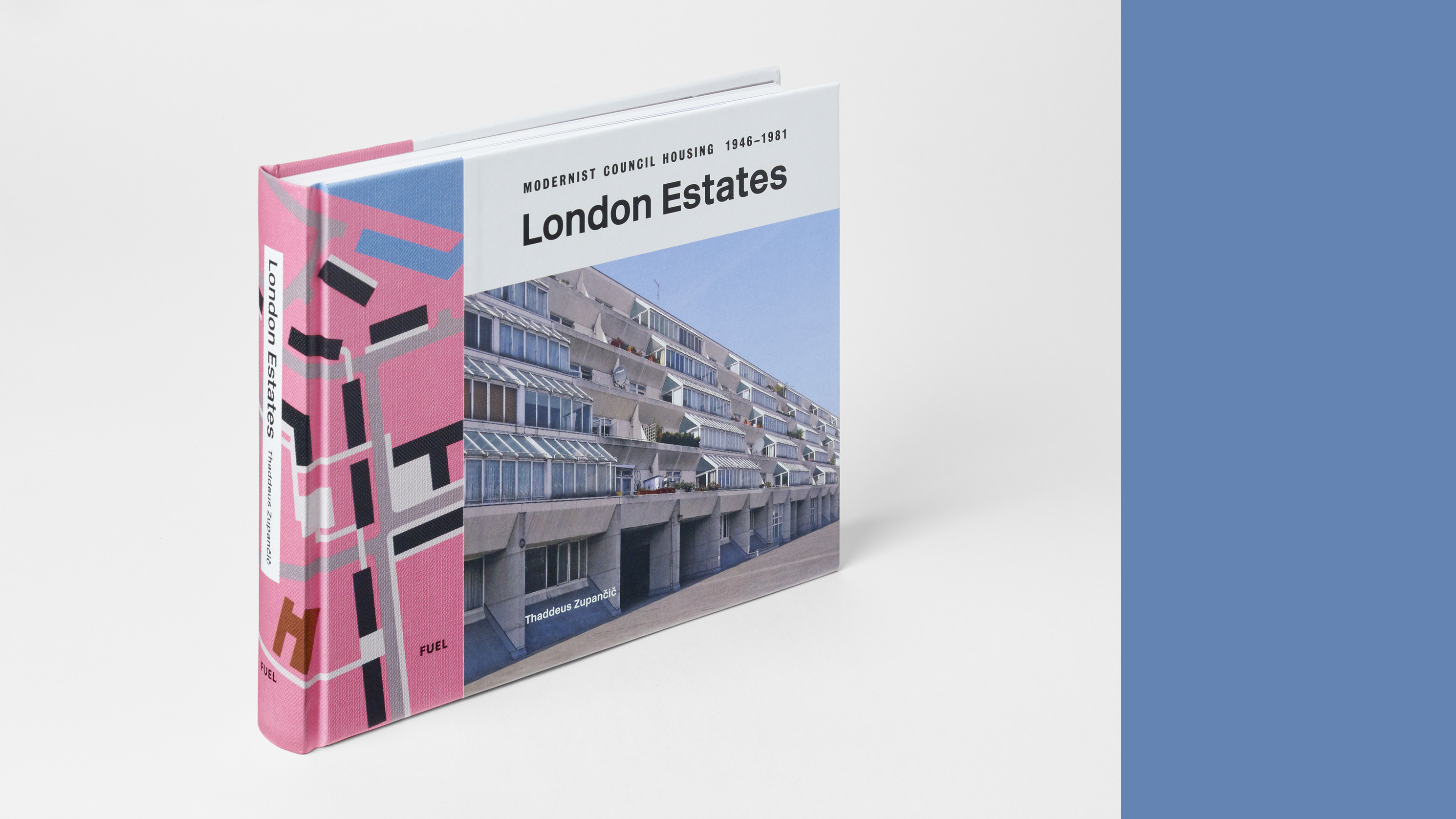
London Estates: Modernist Council Housing 1946–1981, Thaddeus Zupančič, FUEL, released 15 March 2024 and available to pre-order now
London Estates: Modernist Council Housing 1946–1981, by Thaddeus Zupančič, £26.95, FUEL, Fuel-Design.com
Also available to buy from Waterstones and Amazon
Jonathan Bell has written for Wallpaper* magazine since 1999, covering everything from architecture and transport design to books, tech and graphic design. He is now the magazine’s Transport and Technology Editor. Jonathan has written and edited 15 books, including Concept Car Design, 21st Century House, and The New Modern House. He is also the host of Wallpaper’s first podcast.
-
 At Linden Los Angeles, classic New York comfort food gets its due
At Linden Los Angeles, classic New York comfort food gets its dueThe restaurant, inspired by a stretch of boulevard bridging Brooklyn and Queens, honors legacy, community and pleasure
By Carole Dixon Published
-
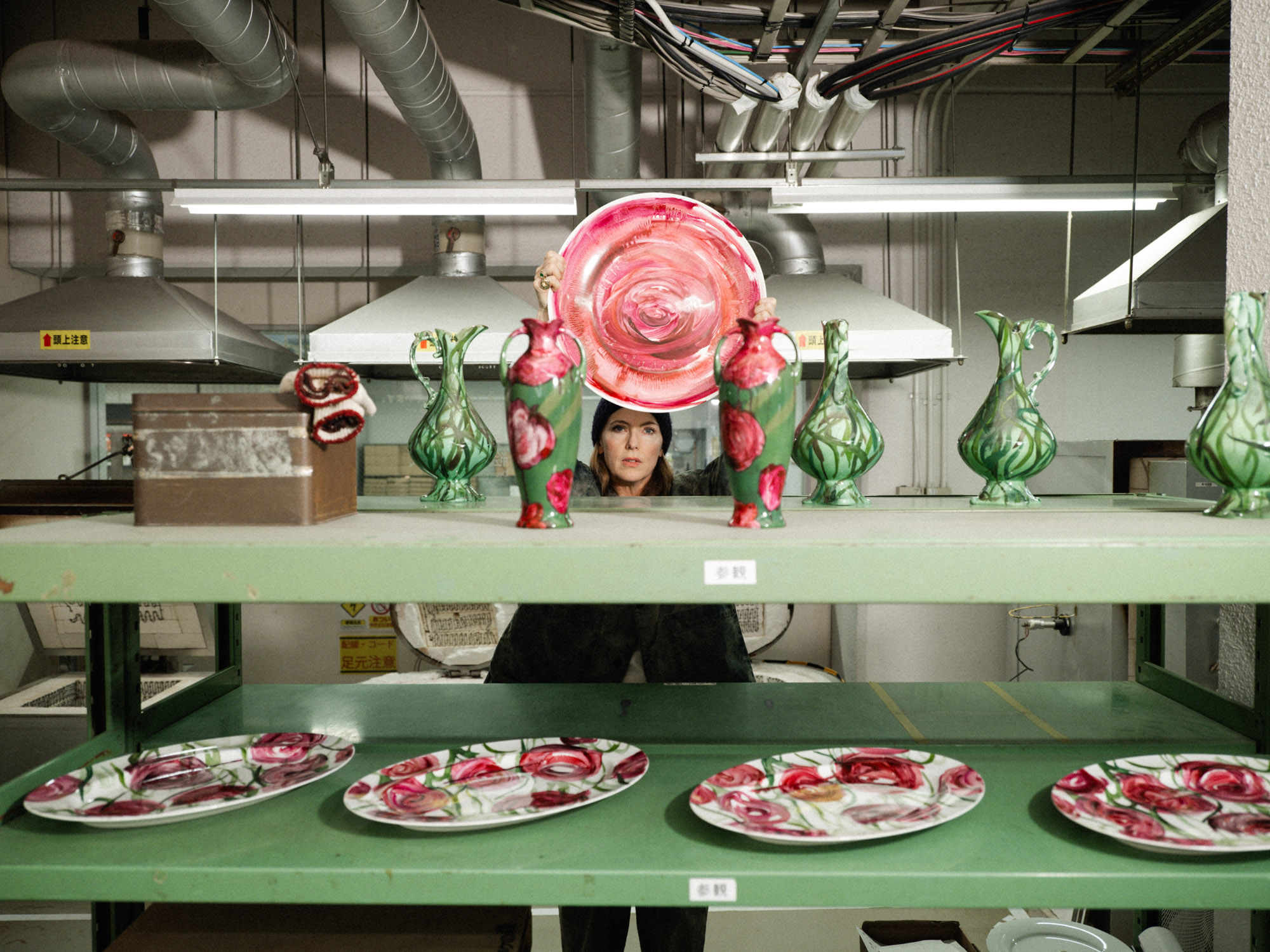 Faye Toogood comes up roses at Milan Design Week 2025
Faye Toogood comes up roses at Milan Design Week 2025Japanese ceramics specialist Noritake’s design collection blossoms with a bold floral series by Faye Toogood
By Danielle Demetriou Published
-
 Tatar Bunar puts Ukrainian heritage front and centre
Tatar Bunar puts Ukrainian heritage front and centreFamily recipes and contemporary design merge at this new east London restaurant by Ukrainian restaurateurs Anna Andriienko and Alex Cooper
By Ben McCormack Published
-
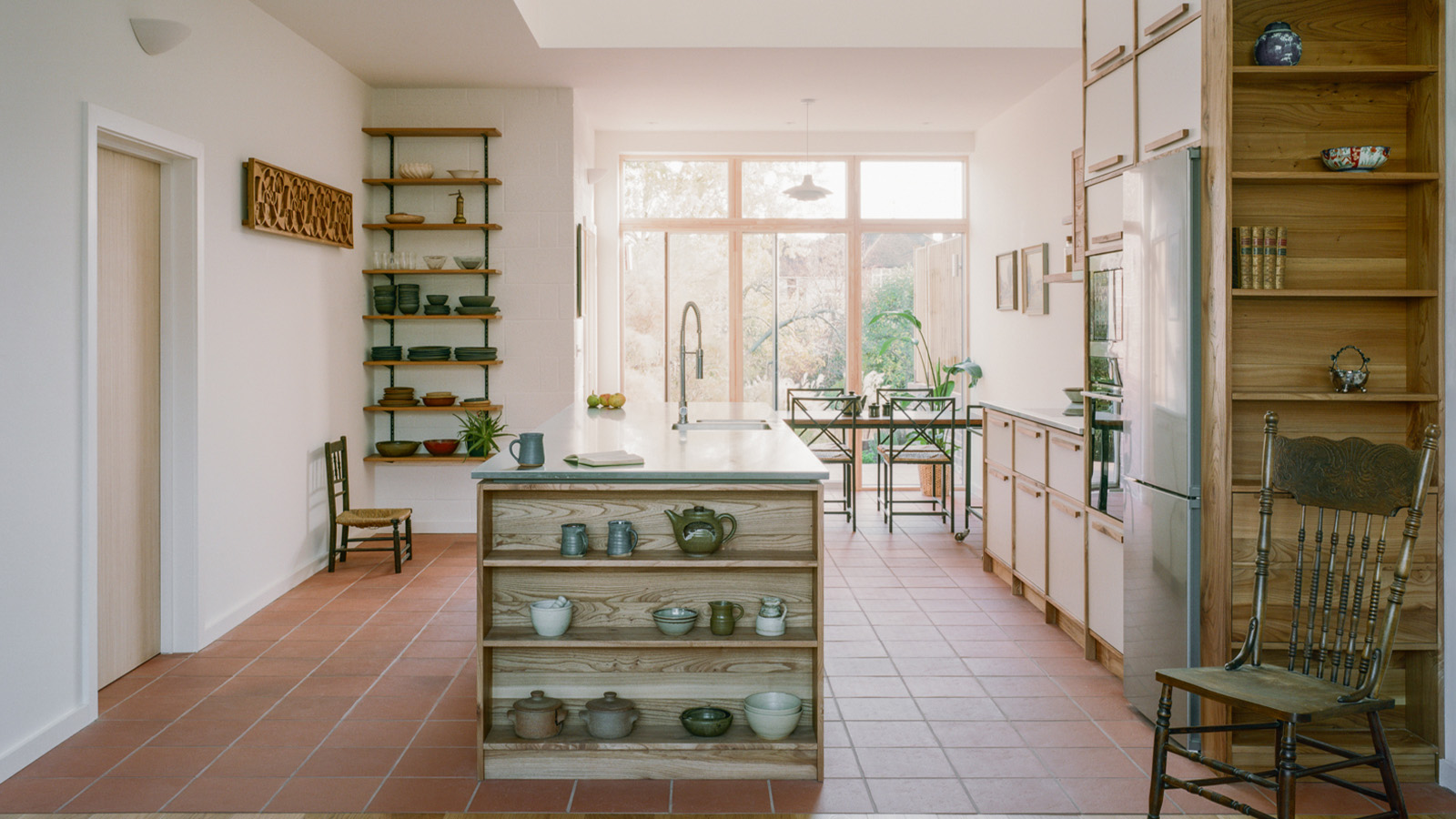 An octogenarian’s north London home is bold with utilitarian authenticity
An octogenarian’s north London home is bold with utilitarian authenticityWoodbury residence is a north London home by Of Architecture, inspired by 20th-century design and rooted in functionality
By Tianna Williams Published
-
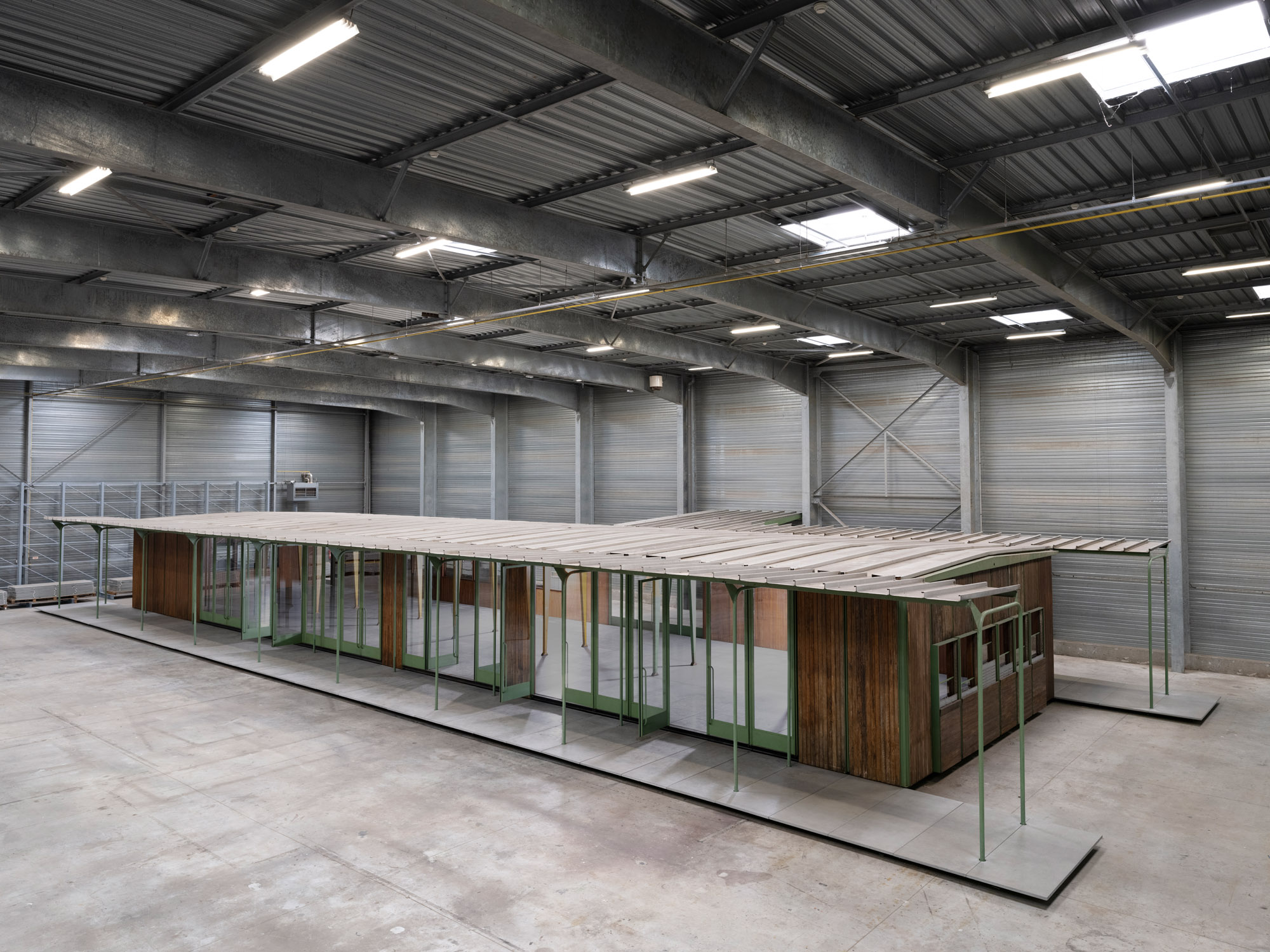 Croismare school, Jean Prouvé’s largest demountable structure, could be yours
Croismare school, Jean Prouvé’s largest demountable structure, could be yoursJean Prouvé’s 1948 Croismare school, the largest demountable structure ever built by the self-taught architect, is up for sale
By Amy Serafin Published
-
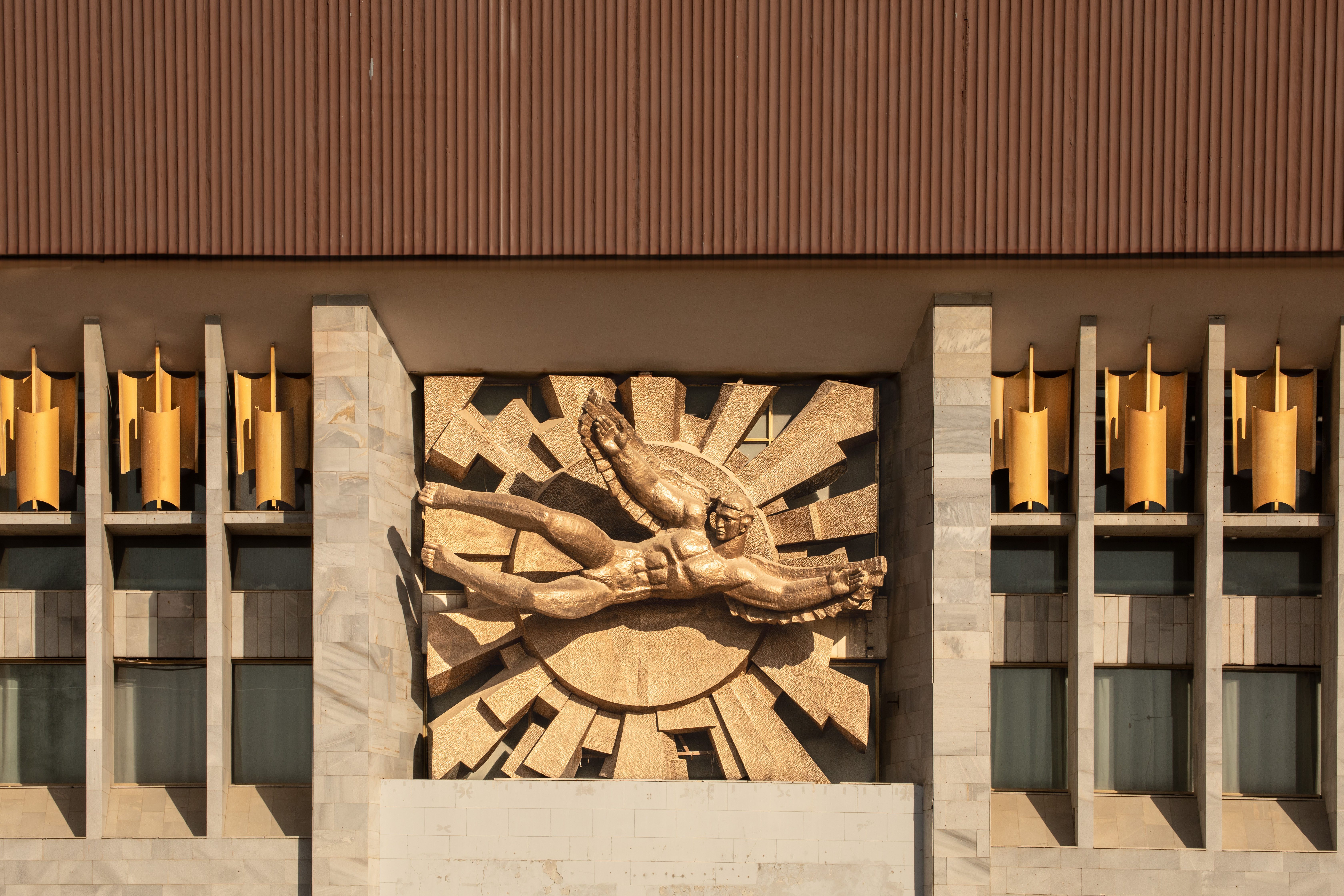 Jump on our tour of modernist architecture in Tashkent, Uzbekistan
Jump on our tour of modernist architecture in Tashkent, UzbekistanThe legacy of modernist architecture in Uzbekistan and its capital, Tashkent, is explored through research, a new publication, and the country's upcoming pavilion at the Venice Architecture Biennale 2025; here, we take a tour of its riches
By Will Jennings Published
-
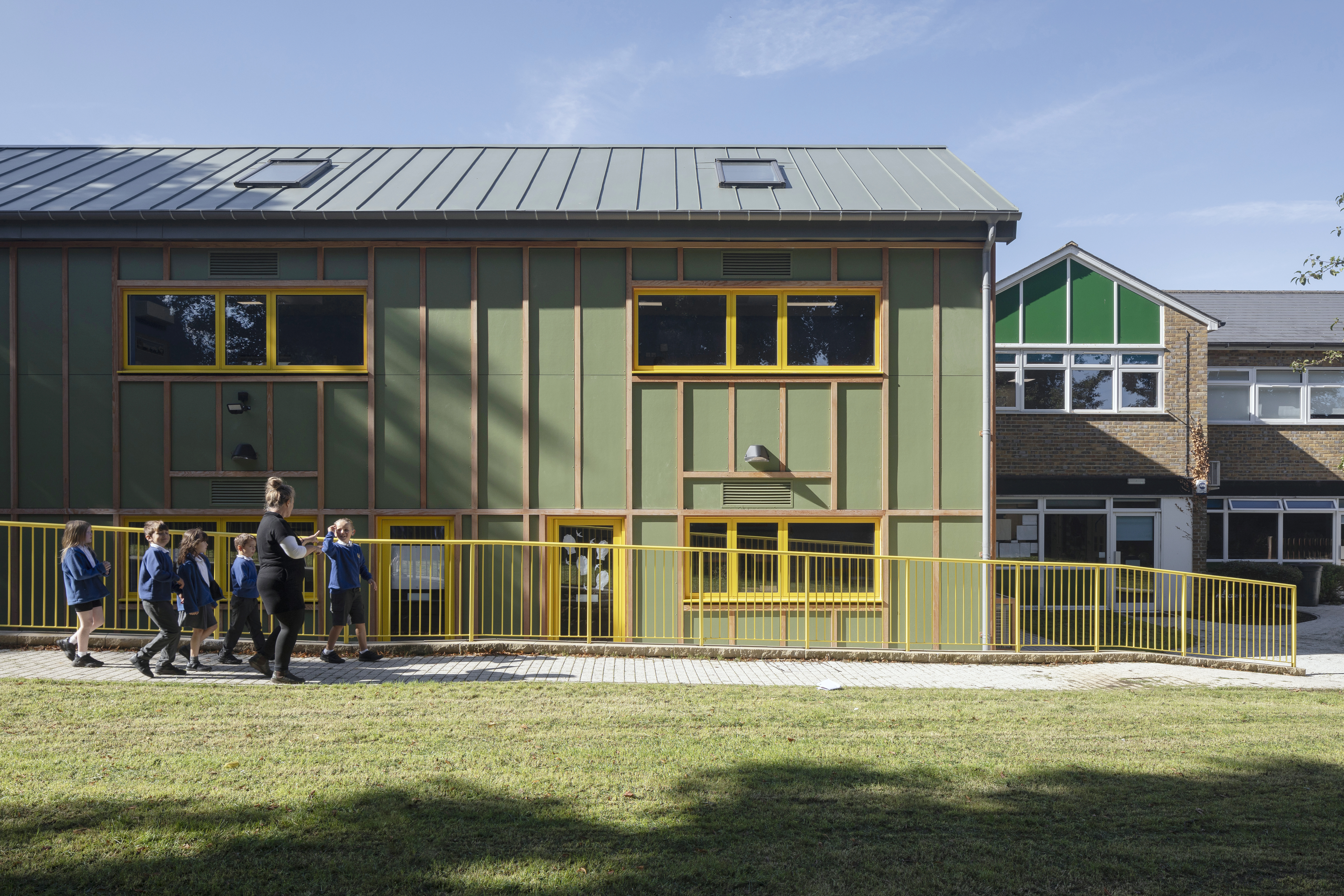 What is DeafSpace and how can it enhance architecture for everyone?
What is DeafSpace and how can it enhance architecture for everyone?DeafSpace learnings can help create profoundly sense-centric architecture; why shouldn't groundbreaking designs also be inclusive?
By Teshome Douglas-Campbell Published
-
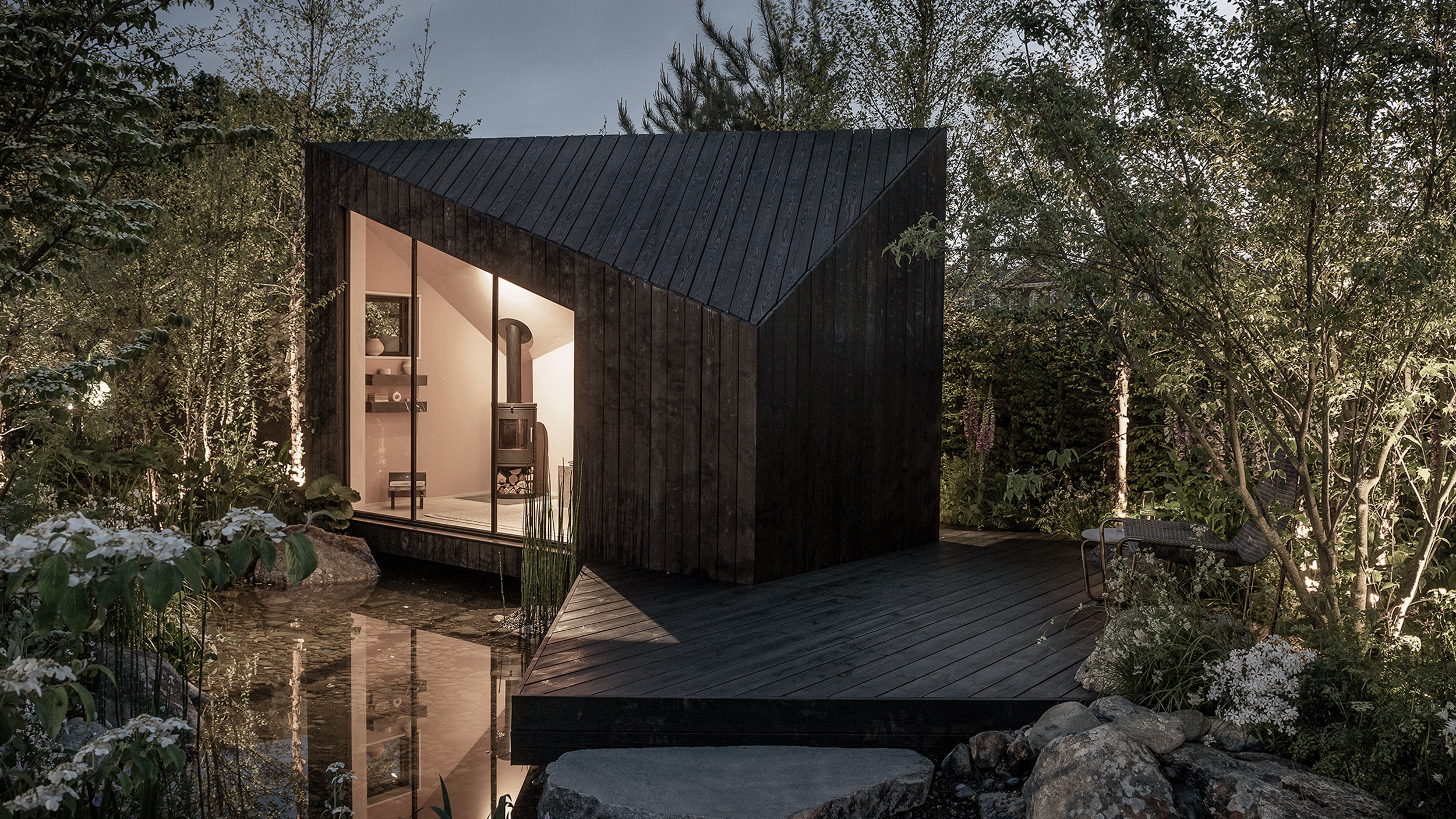 The dream of the flat-pack home continues with this elegant modular cabin design from Koto
The dream of the flat-pack home continues with this elegant modular cabin design from KotoThe Niwa modular cabin series by UK-based Koto architects offers a range of elegant retreats, designed for easy installation and a variety of uses
By Jonathan Bell Published
-
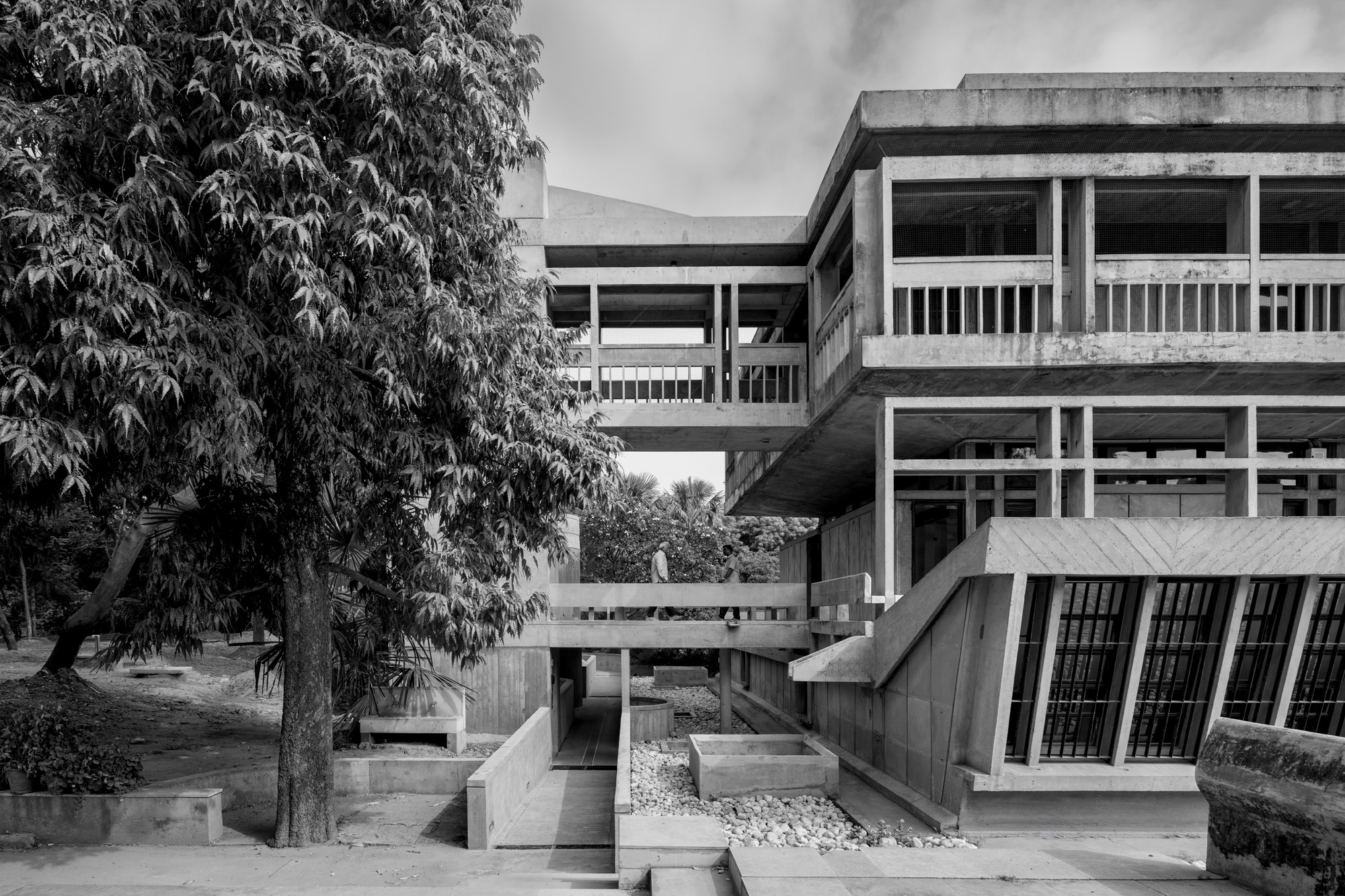 At the Institute of Indology, a humble new addition makes all the difference
At the Institute of Indology, a humble new addition makes all the differenceContinuing the late Balkrishna V Doshi’s legacy, Sangath studio design a new take on the toilet in Gujarat
By Ellie Stathaki Published
-
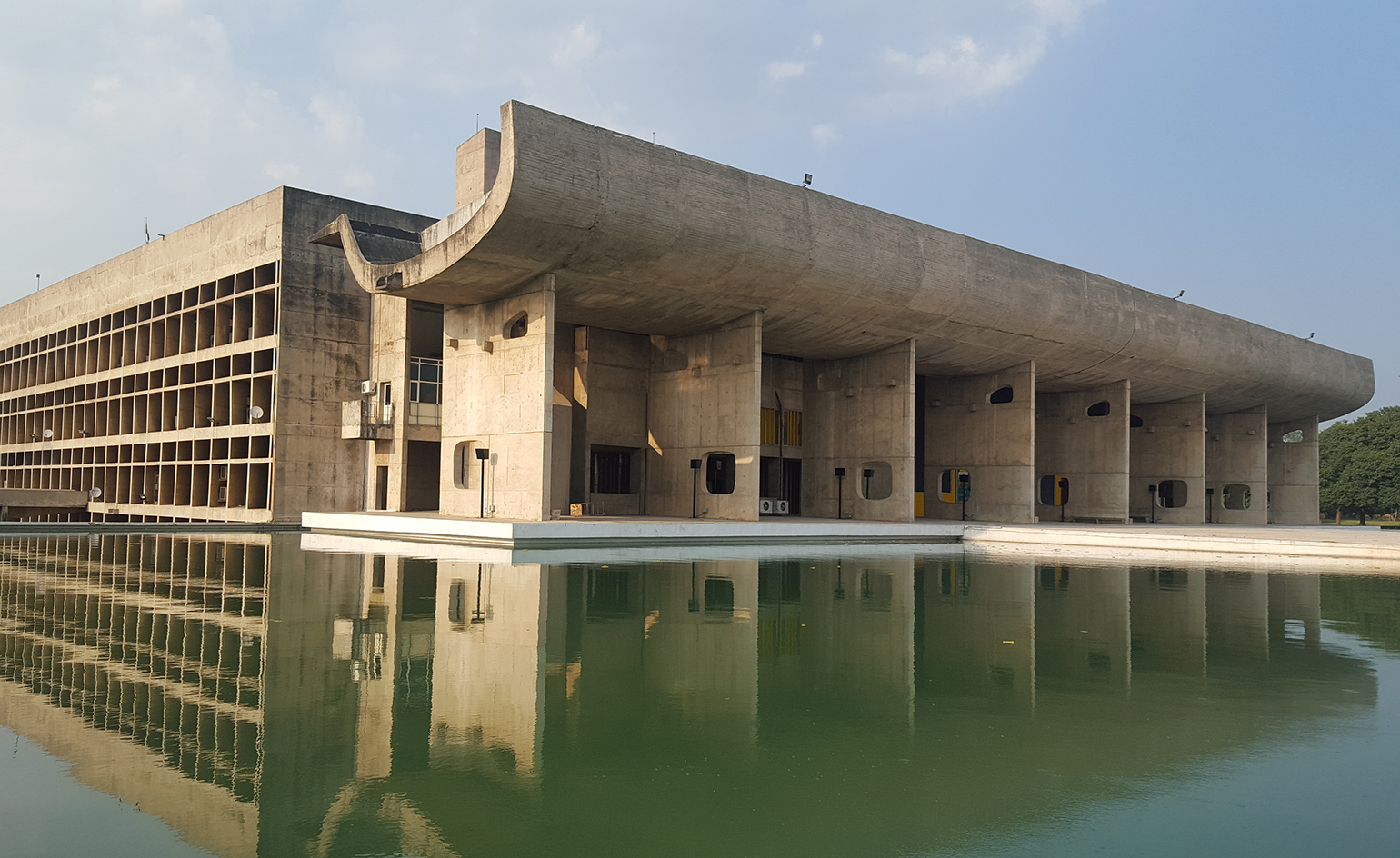 How Le Corbusier defined modernism
How Le Corbusier defined modernismLe Corbusier was not only one of 20th-century architecture's leading figures but also a defining father of modernism, as well as a polarising figure; here, we explore the life and work of an architect who was influential far beyond his field and time
By Ellie Stathaki Published
-
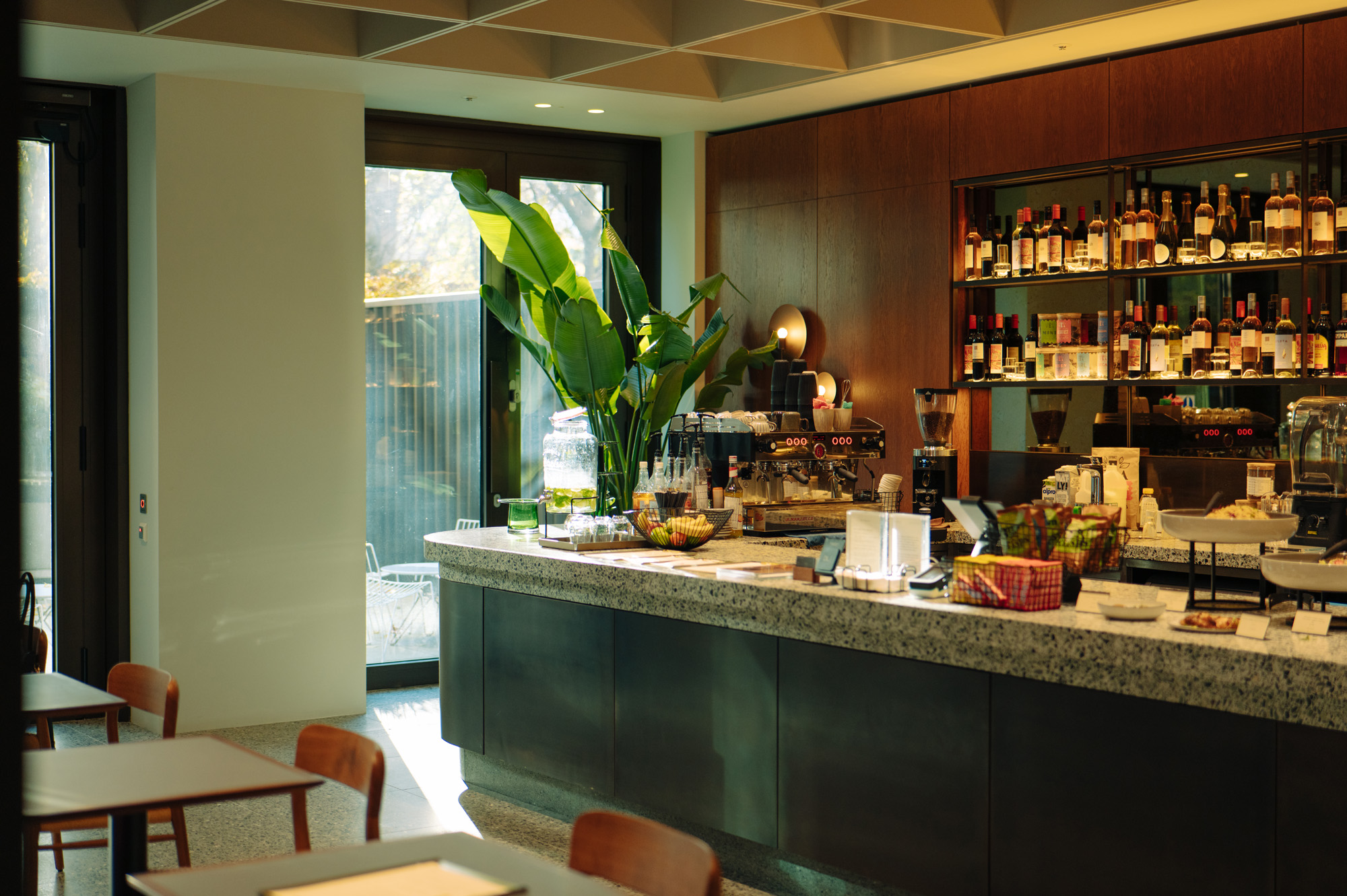 Are Derwent London's new lounges the future of workspace?
Are Derwent London's new lounges the future of workspace?Property developer Derwent London’s new lounges – created for tenants of its offices – work harder to promote community and connection for their users
By Emily Wright Published